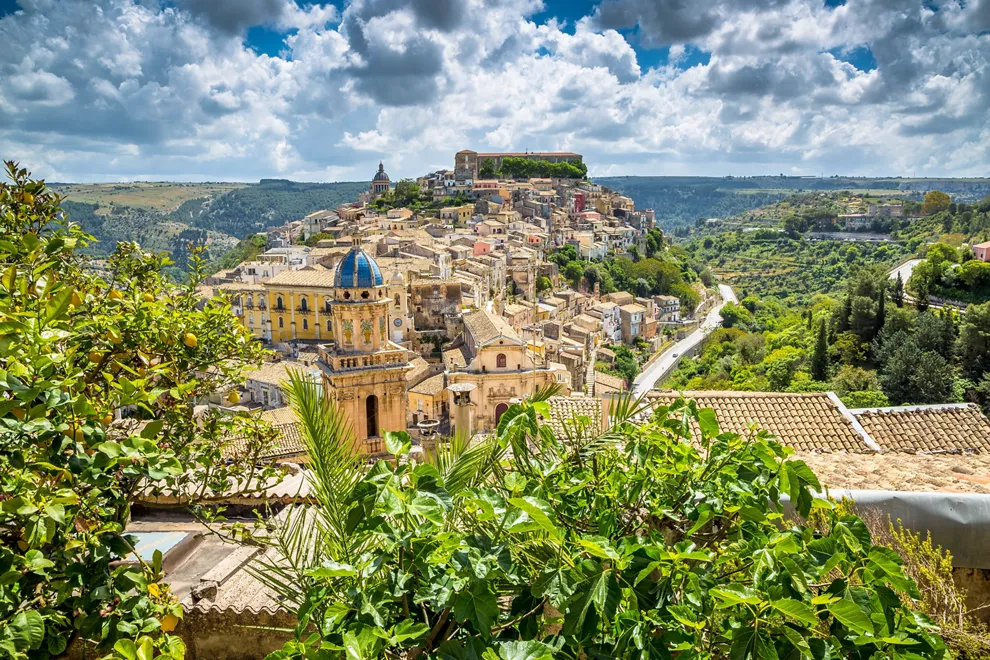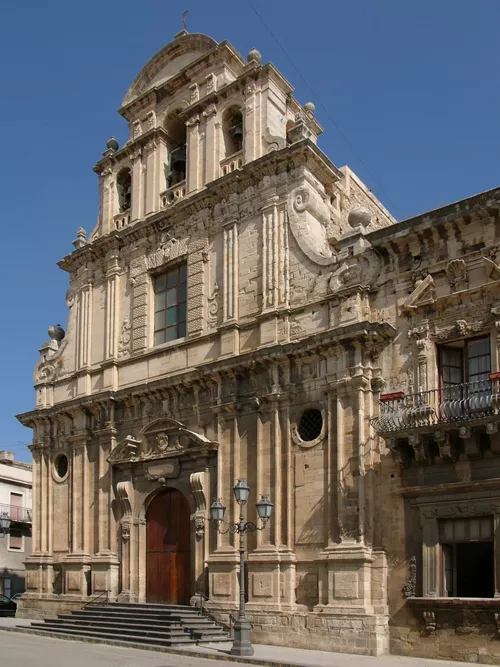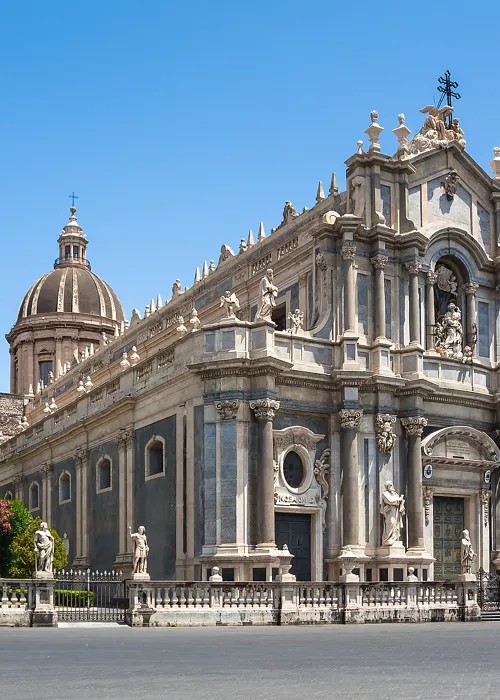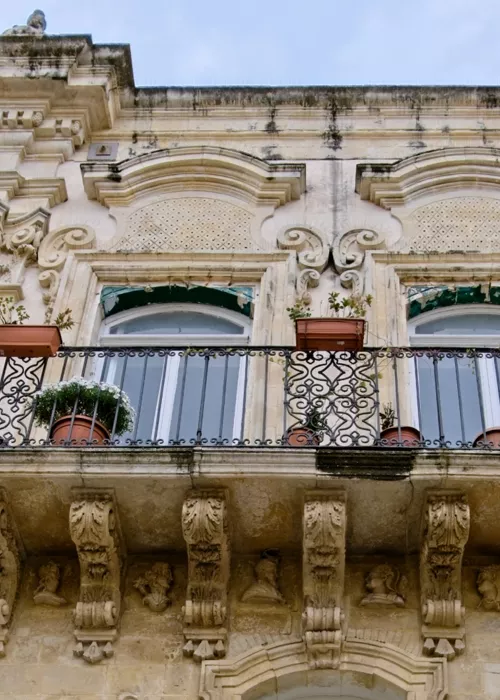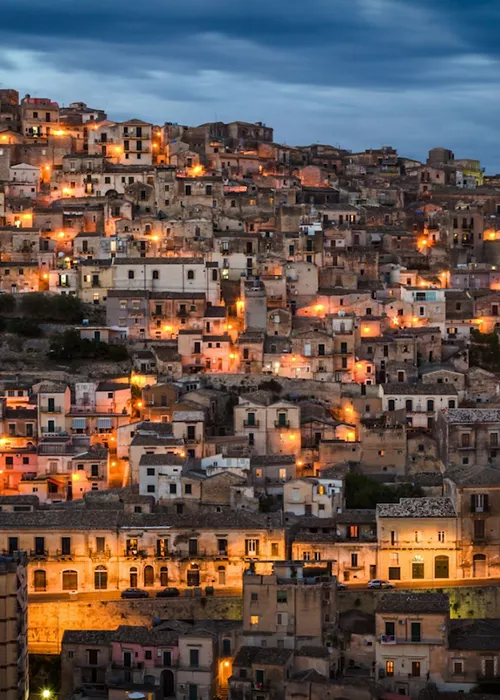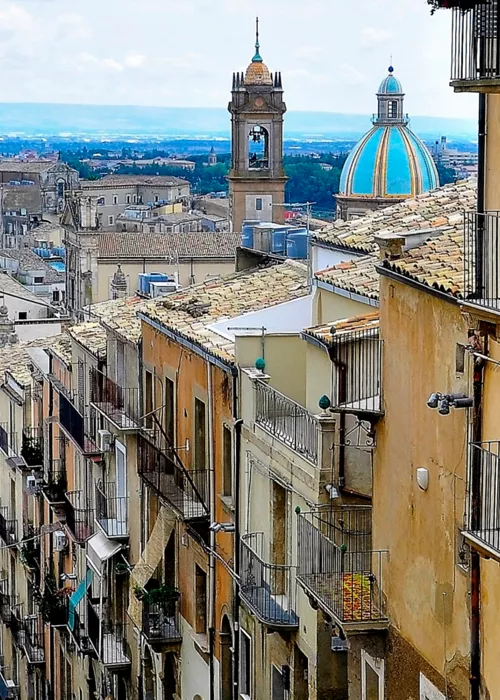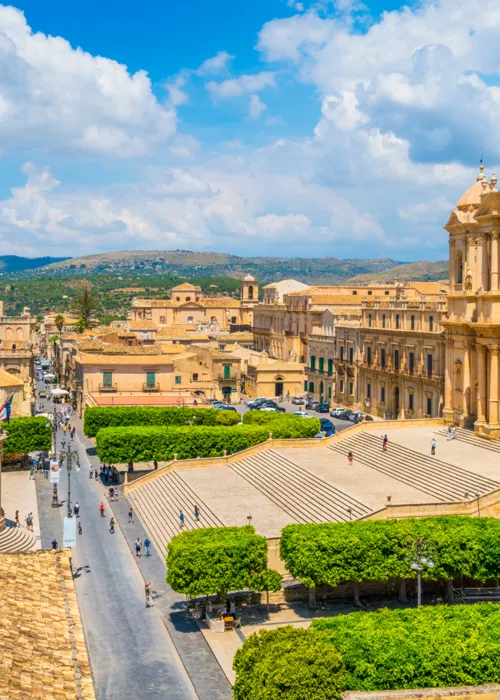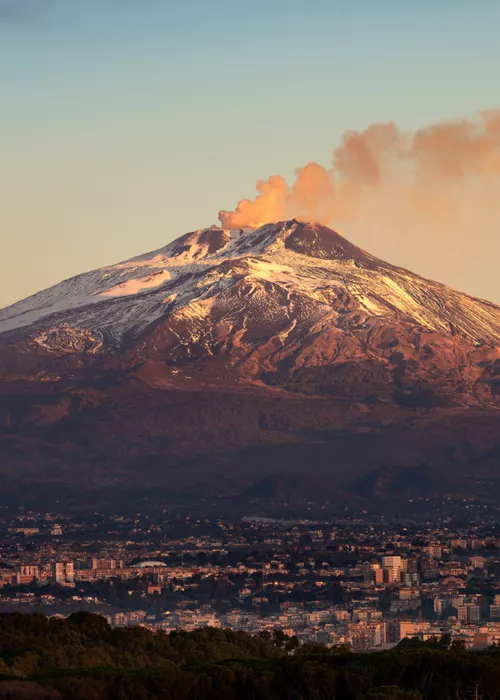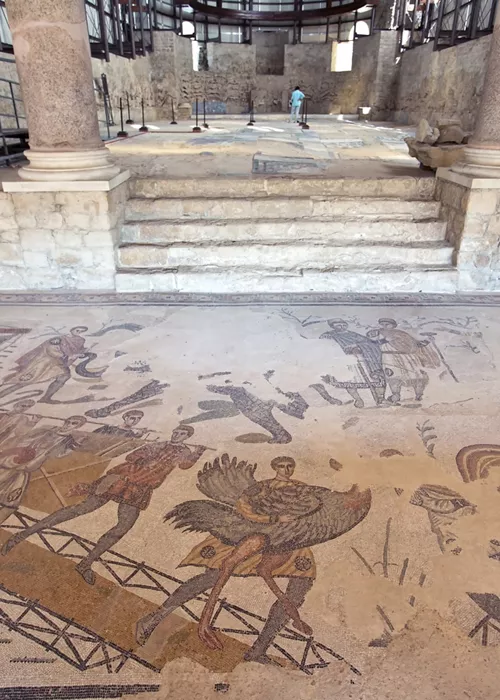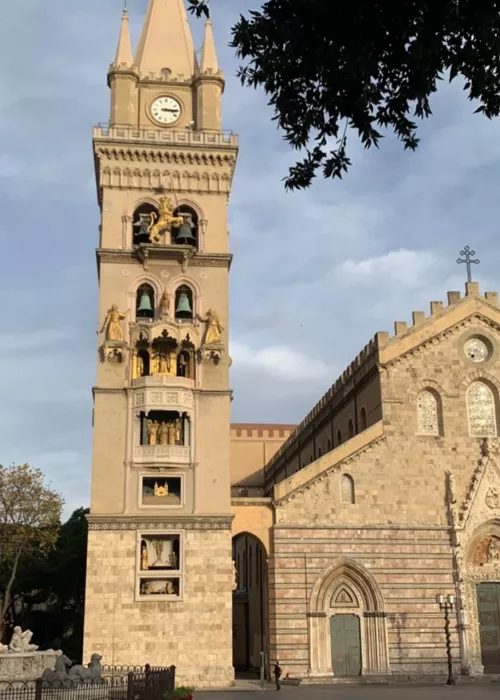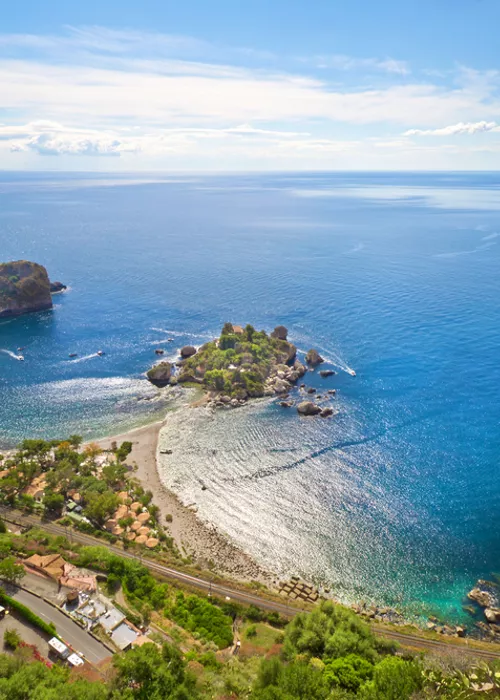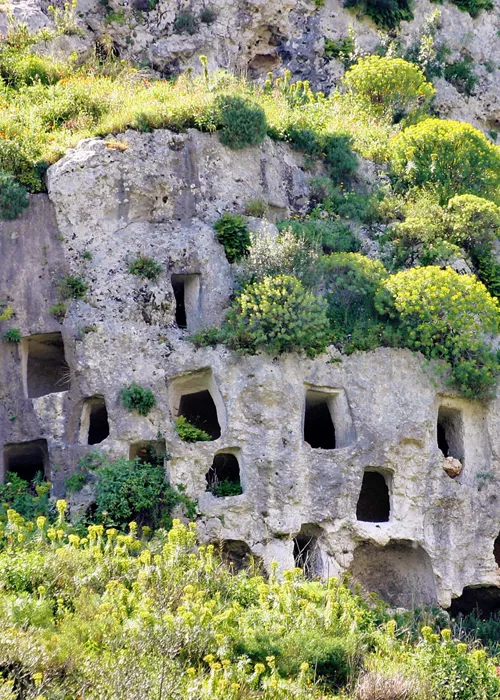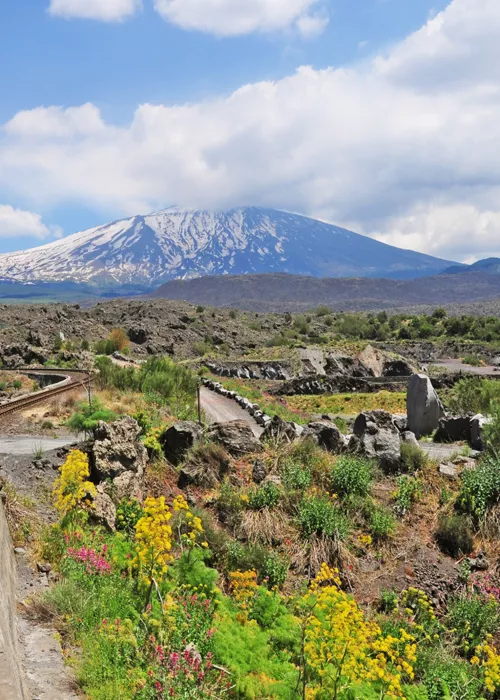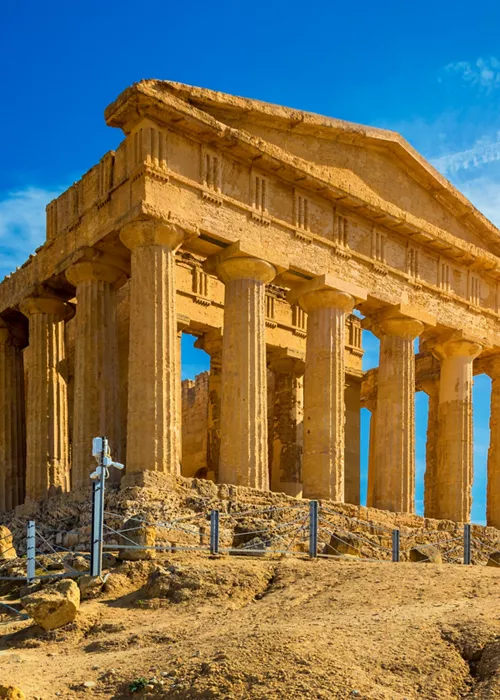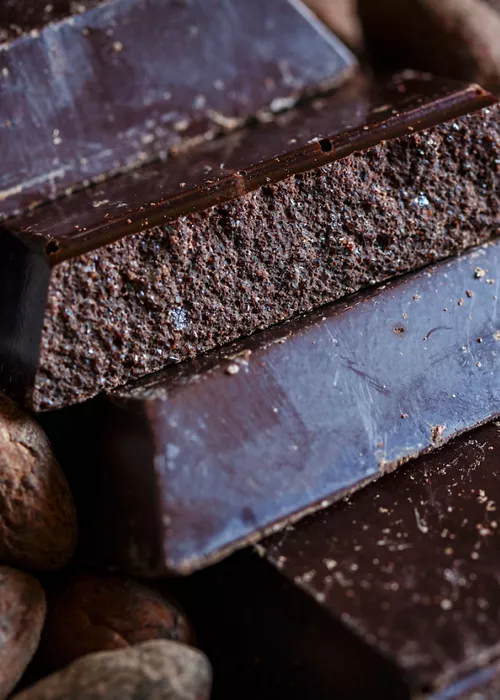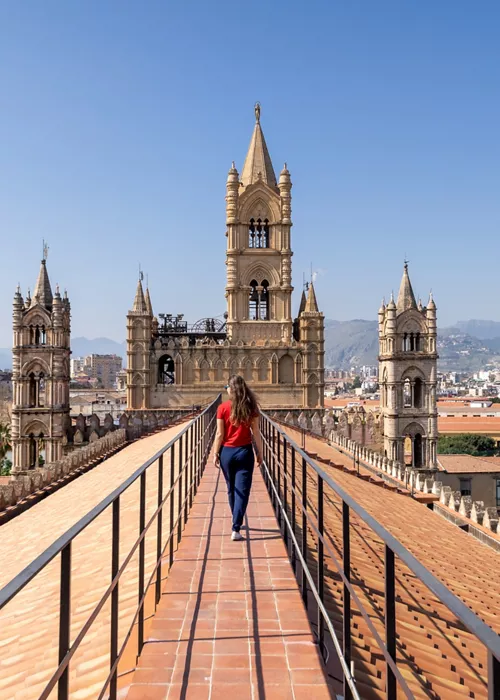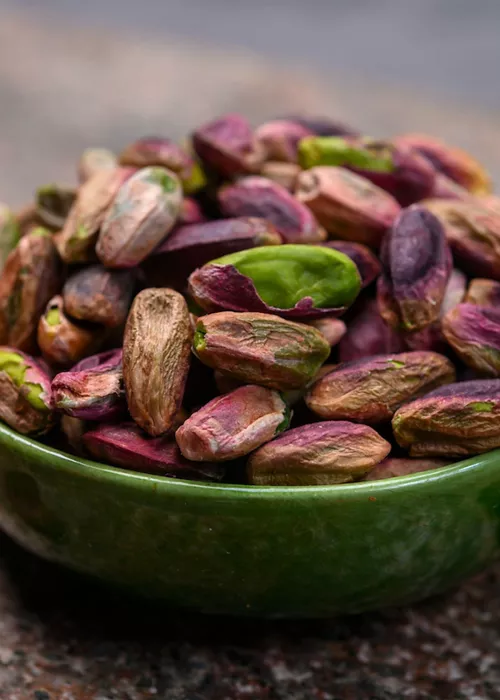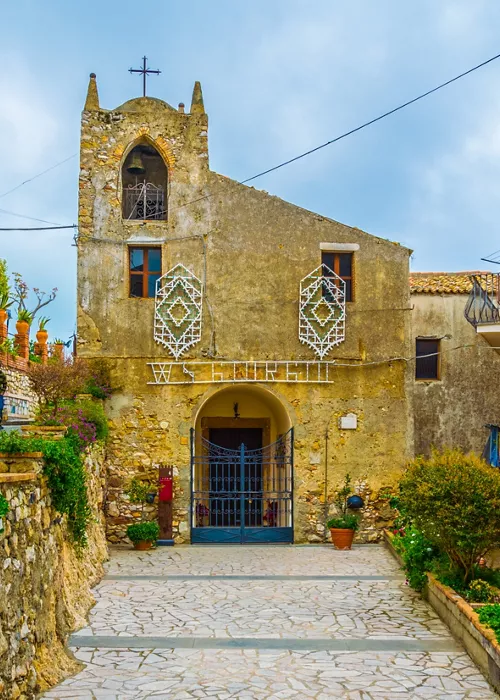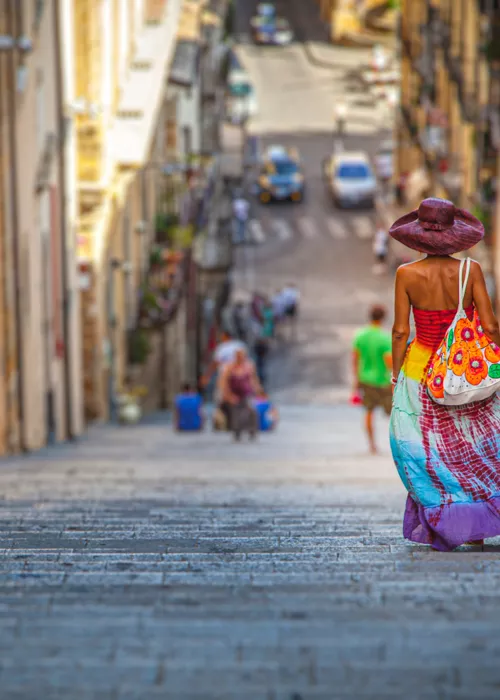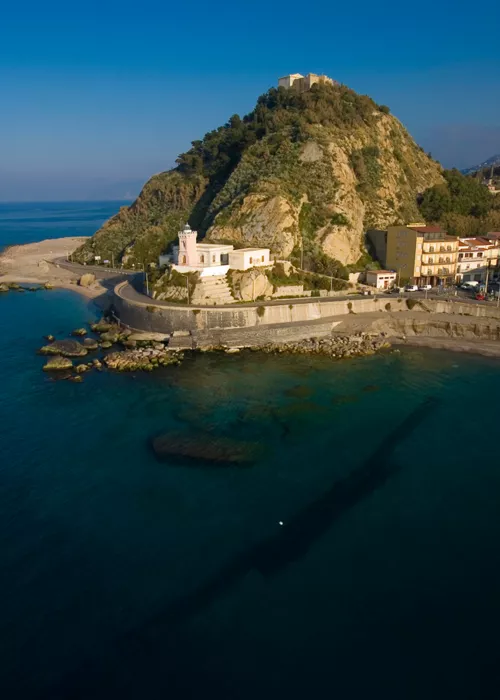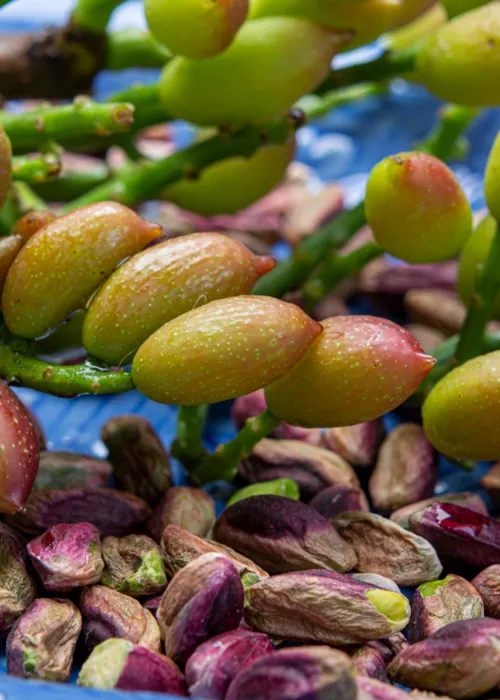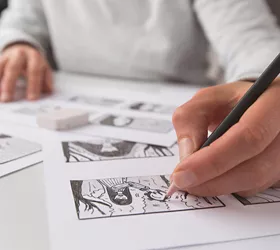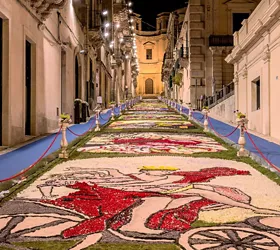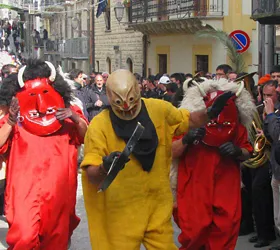Val di Noto and the Baroque
3 minutes
Bathed by the waters of the Ionian and Mediterranean Seas and located in south-eastern Sicily, the Val di Noto (a name originating from the word “vallo”, extended area) is made up of a series of beautiful towns of the late Baroque in the area.
It became an Italian UNESCO site in 2002 and its rich late Baroque decorations of its palaces are truly amazing.
The area also tells a more ancient history: theatres and temples dating back to Magna Graecia or even necropolis and settlements from prehistoric times.
What is the Val di Noto and where is it
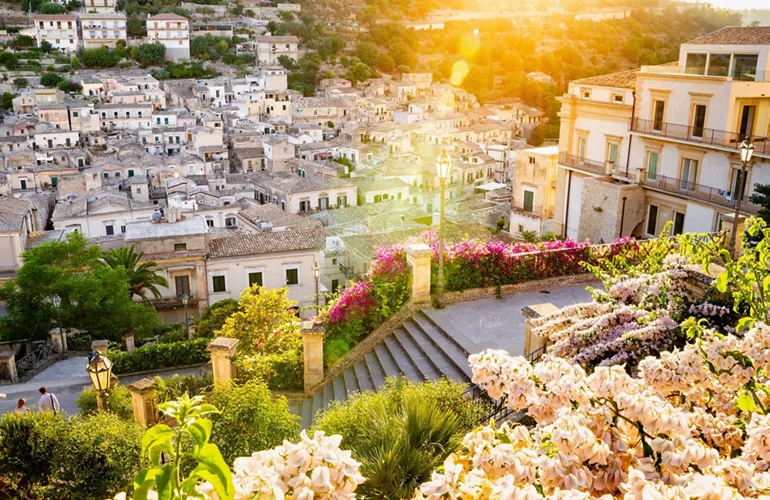
A treasure of south-eastern Sicily, it is an area that brings together the eight late Baroque towns of the Val di Noto: Caltagirone, Militello in Val di Catania, Catania, Palazzolo and the cities of Ragusa area such as Ragusa, Modica, Noto and Scicli.
Already in existence during the Middle Ages, they were rebuilt after the catastrophic earthquake of 1693 with the typical stylistic style prevailing at the time that made them unique in the world.
These beautiful Baroque cities of Sicily, with their historical testimonies, rich monuments, marvellous beaches and a landscape of great beauty that stretches from the Monti Iblei to the Erei Mountains, are the destination of a tourism that arrives from all parts of the world to appreciate their treasures.
History and information on the Val di Noto
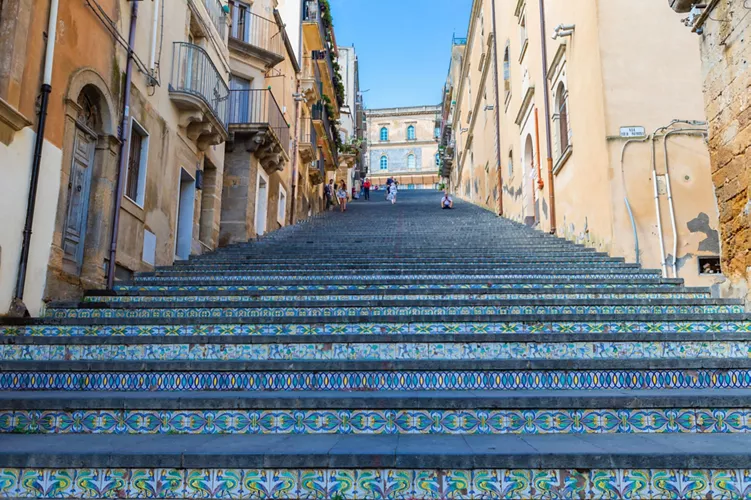
The area of the Val di Noto, well protected and sheltered, was favoured by the Arabs, who made it an important administrative district around the year 1000. In 1693 a terrifying earthquake wiped out the main cities. The Viceroy of Sicily planned its reconstruction. In June 1694, the master plan was ready and a host of architects set to work.
The most beautiful places to visit in the Val di Noto: 5 unmissable stops
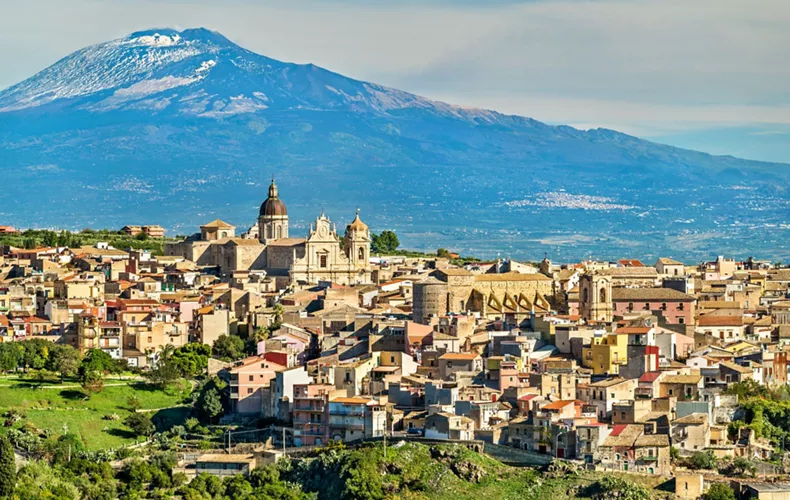
There are many beautiful places to visit in the Val di Noto.
Starting with Modica: with the new town in the valley and the old centre perched on a hill in the Iblei mountains, it is home to spectacular urban monuments. Among them, the Cathedral of St George and the Church of St Peter are certainly worth a visit.
Caltagirone captivates with the beautiful facades that enrich its architecture: palaces such as the Corte Capitaniale and the Museo Civico and churches such as Santa Maria del Monte and San Giacomo Apostolo are perfect examples to admire. The local artistic creations are Caltagirone ceramics, made entirely by hand and following tradition.
Scicli is another jewel in which the late Baroque of the Val di Noto is best expressed among churches, such as the Church of Santa Maria La Nova, patrician villas and ornate palaces.
Ragusa or Ibla, as it was called in antiquity, has two town centres, one built from scratch after the 1693 earthquake and the other rebuilt according to the old medieval model. The route in Ragusa winds between the main churches such as the Cathedral of St. George, the Church of St John the Baptist and the Church of St George, and the palaces, including Palazzo della Cancelleria and Palazzo Bertini.
Also not to be missed is the historical centre of Noto, starting from Corso Vittorio Emanuele, where you can visit the most important city monuments such as the Porta Reale, Palazzo Ducezio and the Church of Santa Chiara.
The typical products of the Val di Noto: 4 delicacies
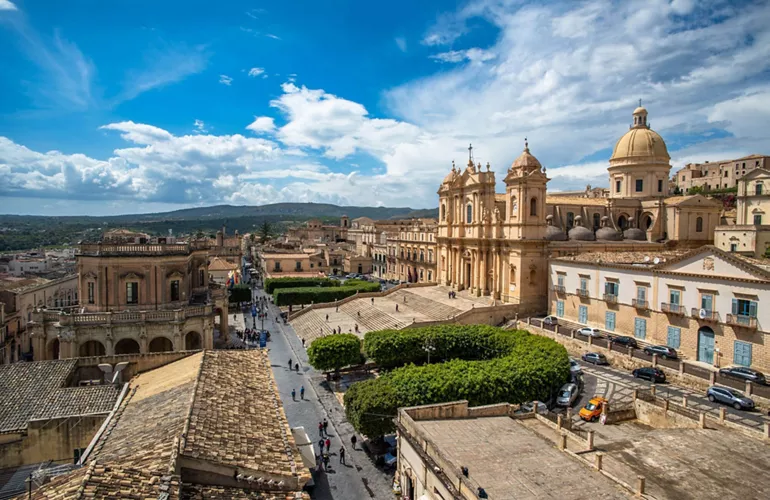
Let's start with the savoury: scaccia is a dish of ancient origin, a rustic focaccia-like dish with different fillings such as ricotta and sausage, tomato and onion or tomato and aubergine.
Then there is the famous Modica chocolate: a speciality of protected origin obtained by a special cold processing of chocolate.
Turkish heads are another sweet linked to legend: it is said that in March 1091, while the battle between the Normans and Saracens raged at Donnalucata, the Christians were in dire straits. To help them, the Virgin Mary appeared, descending into battle on a white horse with a sword that severed the heads of several Saracens. The cake, reminiscent of battle and shaped like a turban, is a large cream puff filled with cream and cow's ricotta cheese, filled with dark chocolate shavings and almond and pistachio granules.
Finally, some more sweetness: cubbaita is a typical rhombus-shaped or rectangle-shaped crunch prepared with honey, sugar, whole almonds and sesame.

